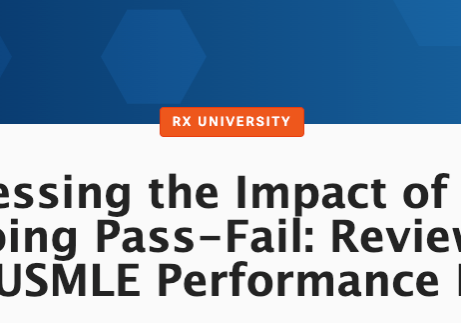By Jocelyn Compton
The ethical principles section of Step 1 is perhaps the hardest to anticipate and study due to the vast number of situations and minute variations that could be thrown your way. Many medical students consider these questions “easy points” and fail to recognize them as potential traps. Take a look at this question:
A 15 year old girl presents to the emergency department after a motor vehicle accident. Her heart rate is 130.min, BP is 60/35 mmHg, respiratory rate is 30/min, and oxygen saturation is 94% on face mask. Ultrasonography of the chest indicates fluid in the thoracic cavity. The ED senior resident seeks consent for appropriate treatment from the child’s parents. The child’s parents refuse blood transfusions on the grounds that they are Jehovah’s Witnesses … What should you do?
A. Apply for a court order for blood transfusion
B. Ask to speak to an elder of the family’s faith
C. Consult the ethics board, do not give blood transfusions until a decision is reached
D. Take the patient to surgery and give blood transfusions as needed
E. Take the patient to surgery and do not give blood transfusions as needed
You’ll notice these questions are often longer, complex scenarios with several ambiguous twists in the story. After getting through the question stem, you may find yourself sorting through answers that are half-wrong but half-right. We are formally taught about autonomy, beneficence, nonmaleficence, and justice. But, the story, paired with the ambiguous answers, are designed to cause the test-taker to second-guess, re-read, and panic. You may find yourself thinking “wow, all these choices are things I wouldn’t ever do!” I definitely had a handful of questions where I found myself wishing for answer choice F: None of the above.
First, do not underestimate the incredible capacity to lose time on these questions! Time spent decoding the convoluted language in the question answers may be time lost. Similarly, time spent evaluating your personal scruples (“Could I see myself doing this?”) can also be a time sink. If you find a question answer doesn’t jump out at you, I suggest picking an answer, flagging it for review, and moving on to answer all the questions in the section. You can come back to hem and haw only when you’ve secured the extra time.
Second, beware the hidden test of medical knowledge. For example, choosing the correct answer may depend on your ability to recognize a medical emergency and identify the correct treatment course. As you know, consent is not necessary in an emergency, and so you will have to discern if you should administer the correct therapy or wait to obtain patient or parental consent (which is tested in the question above…did you pick D?). Alternatively, you may have an ethical principle hidden in a question that looks like a test of medical knowledge. A pause to consider the patient’s decision-making capacity may get you a few extra points.
So, while autonomy, beneficence, nonmaleficence, and justice are the best guides, it may not always be obvious how or when to apply these principles. Don’t waste time, don’t panic, and beware the balance between medical knowledge and ethics. It works that way on the wards, too!




so whats the answer? D?
is D the correct answer??
The answer is D. She is hypotensive, has tachycardia, and is tachypenic. With fluid in the thoracic cavity, this constitutes an EMERGENCY situation where consent is not needed. Ethically, the physician is required to do no harm (non-maleficence) and to do good (beneficence).
D. Matter of life. After, whatever…claims of parents, court…penals..never mind.